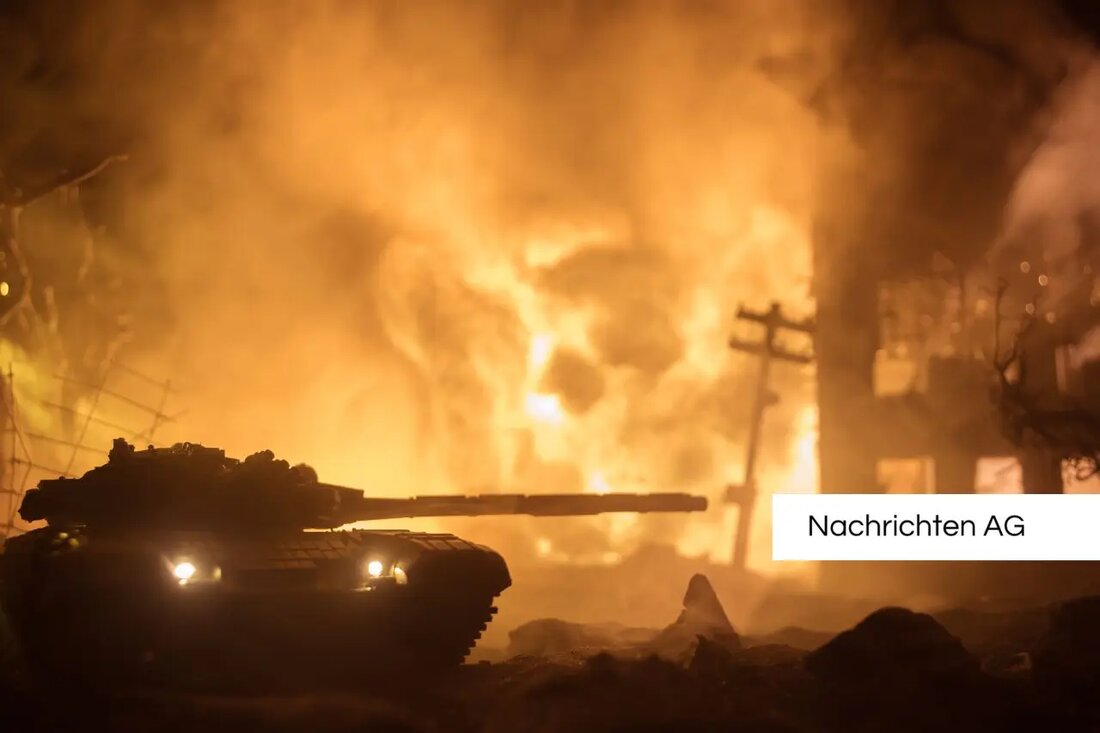Essen digs up history: Discovered secrets from the war!
Essen digs up history: Discovered secrets from the war!
City archecher in Essen discovered the cover ditch of an air protection system from the Second World War during construction work in the north district. This discovery is reminiscent of the terrible experiences of the time when the ditch was supposed to offer protection against air strikes, but was also considered dangerous due to leading bombs. In addition to graffiti and objects such as rifle pistons and children's boots, the archaeologists also found human bones. The first anthropological studies show that the bones can be assigned at least three different individuals, while other victims could possibly still be identified, reports Welt .
In the summer of 1943, the cover ditch was hit by a flying bomb. According to archaeologists, it is likely that members of a guards, forced laborers or students of a nearby primary school were among the victims. During the Second World War, Essen was equipped with a variety of air -raid shelters, which belong to around two dozen high bunkers and numerous underground tunnels and cover trenches. It is estimated that there are hundreds of such facilities in the city, many of which have been forgotten, were buried or leveled during the reconstruction.
finds and historical contexts
City archeology uses modern methods such as lidar scans to find air raids. This helps to deepen the understanding of the history of the city. In the south of Essen, a barrack was recently discovered, which served as accommodation for workers. Routine grabbits led to interesting finds, including old shoes and a compressed air hose. These excavations are part of a more comprehensive interest in Essen city archeology in the region's industrial history.
Another remarkable find was two Fanta bottles from 1940 and 1943. Fanta was developed as a replacement product for Coca-Cola in Essen during the war. The bottles are in an impeccable condition, which indicates that the tunnel has preserved the objects well. These finds, together with the graffiti and inscriptions, give a fascinating insight into everyday life during the war.
archaeological relevance in Essen
Archaeological finds in Essen have a long history that goes back to the old stone time. The Hellweg was already a significant traffic route before the birth of Christ. Historically, the area was divided into several independent cities, including the city center with the women's pen and the famous Benedictine abbey in. These historical settlement conditions have been favored by fertile soils and well -developed traffic routes. This represents the deep cultural and social characteristics of the city, which in today's excavations finds increased interest, such as the city archeology essen.de .
The excavations and finds not only reflect the horrors of the war, but also the everyday stories of people who lived in these difficult times. The discoveries enrich the historical understanding of the city and contribute to reflection on the collective memory. The Essen city archeology will continue to work hard to bring these lost stories to light and to conduct a dialogue about the history of the city and its inhabitants.
| Details | |
|---|---|
| Quellen | |


Kommentare (0)